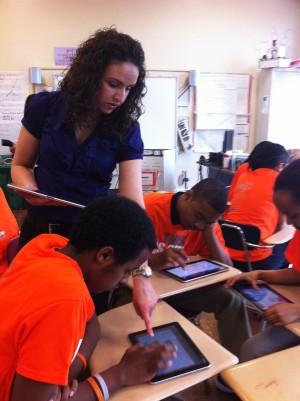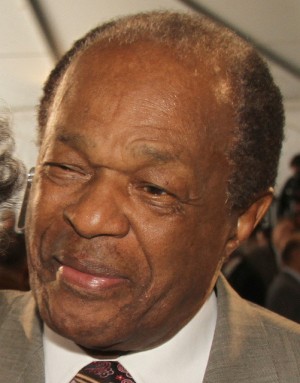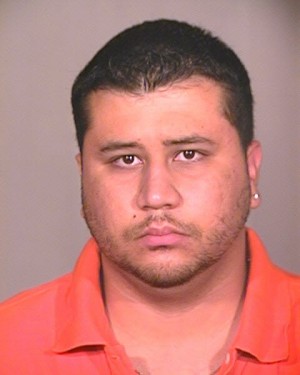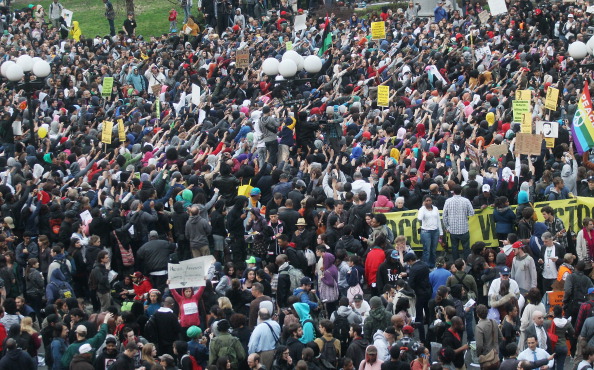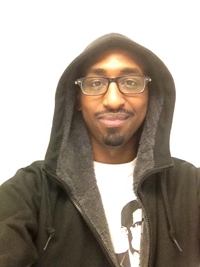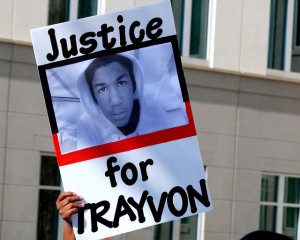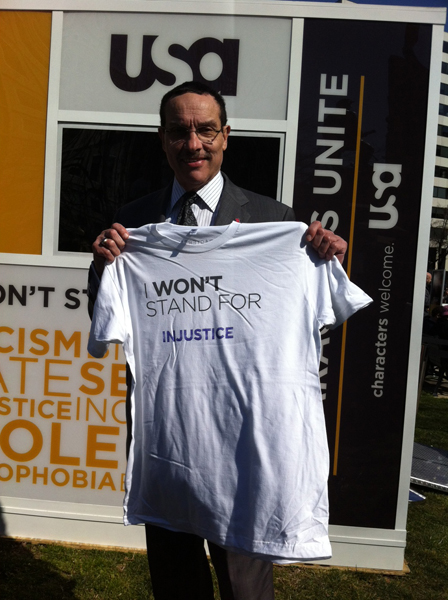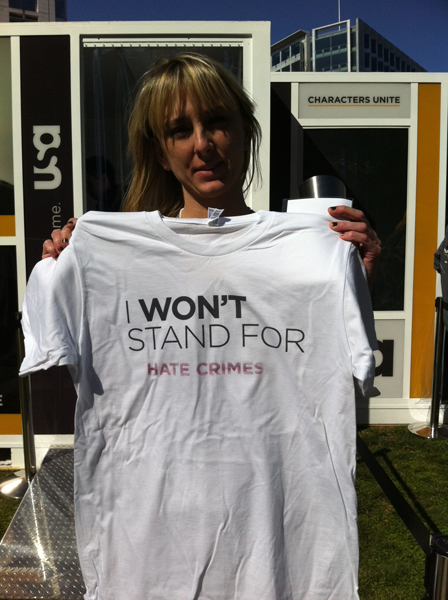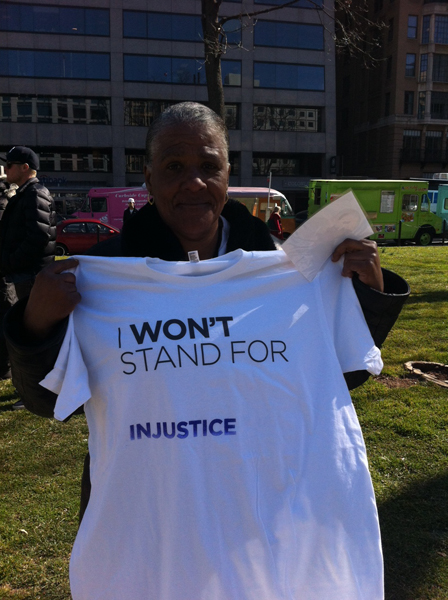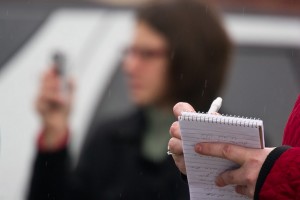Today is my last day as the senior reporter for DCentric. It’s been a little over a year since I started writing for this blog, and I’m blown away at just thinking about all of the interesting topics I’ve had the opportunity to explore.
I have my own highlights, among them: producing a series on D.C.’s unemployment divide; asking why the local crime and punishment museum hires black men to wear prison jumpsuits; exploring what’s behind rock bands playing D.C.’s Ethiopian restaurants; and writing about gentrification — a lot. I’m also grateful that I’ve been able to share some personal stories about identity. I hope you’ve enjoyed reading my posts at least half as much as I’ve enjoyed writing them.
This beat has been challenging, too. Race and class can be loaded, emotionally-charged topics, and they typically come with broad declarations of what’s right and wrong. I’ve learned a lot in my time here, but above all, it’s that things aren’t usually cut and dry. I hope meaningful conversations about these issues continue to happen in D.C., and that they grow in number. Such discussions will be important as we figure out how to navigate all of the changes our city is going through.
So, many thanks to my colleagues, both here at WAMU 88.5 and elsewhere. You’ve provided me with support and feedback, and for that, I am grateful.
And finally, of course, I’d like to thank to you, the readers. I strongly believe in DCentric’s mission: to explore race and class and open up a space for elevated discourse. If I’ve had any success here, it’s in large part to the readers. Thank you for following my work, questioning it, offering insightful comments and contributing to this ongoing conversation, whether in person or over Twitter. I’m moving on, but stay in touch. Seriously!



